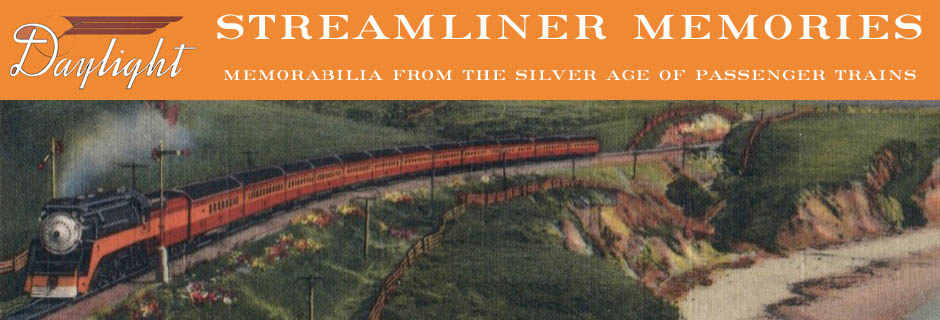America’s railroads carried more passengers in 1944 than any other year in history: four-and-a-half times as many passenger miles as in 1937, eight times as many as 1932, and more than twice as many as in 1920, the previous peak. About half of these passengers were soldiers, but even just the civilian travelers exceeded those in 1920.

Click image to download a 28.2-MB PDF of this 36-page timetable.
Due to wartime restrictions, the railroads’ ability to respond to this demand by adding new trains was limited. As a result, this 1944 timetable is almost identical to the railway’s 1937 timetable. Trains 3 & 4 still terminate at Williston; there are still just two trains a day between Seattle and Vancouver and four between Seattle and Portland. Some train times have been changed by a few minutes (usually padding schedules with extra time) and some minor equipment changes have been made. It is likely that many trains were longer, but that can’t be determined from the timetable.
In a typical equipment change, the Empire Builder‘s observation car with barber shop, shower baths, and lounges–with no revenue seats or berths–has been replaced by one with ten sections. The federal government didn’t like non-revenue cars when they could be replaced by cars with paid seats or berths. The Fast Mail no longer has a sleeping car between Wenatchee and Seattle, but it does have coaches all the way to Seattle from St. Paul.
Not surprisingly, the two pages of steamship schedules to Japan, China, and the Philippines are gone, replaced by an expansion of tables of rail fares from one page to three. Rates went up by about 16 percent since 1937, which was somewhat less than the 21 percent rate of inflation.
